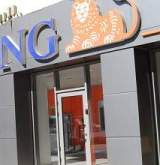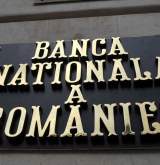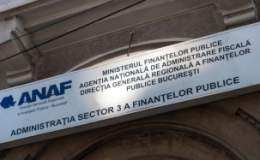Currency risk management
The first step in creating an efficient currency risk management is the identification of the risk posed by a company, which can be transaction, economic or translation, said Cosmin Bucur, director of financial market department at RBS Romania, at the conference organized by Brokers’ Association on currency risk.
The specialist explained that a company should begin by defining the objectives and its policy in fixing the exchange rates in order to secure stability of financial results and to minimize the risk of cash flow.
After the company has defined its objectives, has identified its currency exposure, risk tolerance as well as the purpose of hedging, it is in the position to draft and adopt a strategy.
According to an ISDA (International Swaps and Derivatives Associations), 92% of the world’s 500 biggest companies use derivatives, where 85.1% hedge the risk arising from the interest and 78.2% the currency risk.
“We can see a thirst for predictability among middle and large companies, especially now when the currency risks is growing at an alarming pace because of the crisis”, said Bucur.
What are the futures contracts?
Forward contracts are derivative instruments privately negotiated at an over-the counter market and are tailored to meet the needs of the two contracting, said Elena Marchidann, head of development department at BSE.
“The two contracting parties are bound by this agreement to buy (long) and to sell, respectively (short) an underlying asset to be delivered in the future at a price and quantity pre-determined at the initial trade date”, she explained.
The futures contracts are in fact standardized forward contracts that are traded at a regulated market.
These instruments are highly leveraged from OTC market instruments, such as organized trading overseen by National Securities Commission.
“The derivative market benefits of the mechanisms specific to market makers as to secure the cash in the market. RBS Romania is the first bank in the country that will operate as “cash provider” for euro/ron currency pair futures contracts”, said Elena Marchidann.
Risk exposure in the fiscal year
Therefore, Oltchim Ramnicu Valcea reported losses stemming from currency rates and interests of roughly 36 mln euros, while Transelectrica recorded 36 mln euro loss from currency rates only.
Compa Sibiu had 4.5 mln euro loss from currency rates and Farmaceutica’s losses amounted to 1 mln euro, stemming from the same cause.
“The majority of companies with activity in production are dealing with massive exposures to currency risks, due to large volume of operations carried in foreign currency (single European currency – EUR and US dollar – USD), whose report include bookings, expenses and revenues expressed in national currency”, said Iulian Lupu, financial-banking expert within the regulated and supervisory department of the regulated market.
The stock market transaction that allow the transfer of risk stemming from currency exposures are the derivate instruments, such as futures contracts, Lupu explained.
























































![HR [PLAY] Tech Workout - 11...](https://www.wall-street.ro/image_thumbs/thumbs/973/x973fe0a3888d417feff63de42e814180-260x260-00-65.jpg,qv=1714083720.pagespeed.ic.8JsqLrmwPf.jpg)










